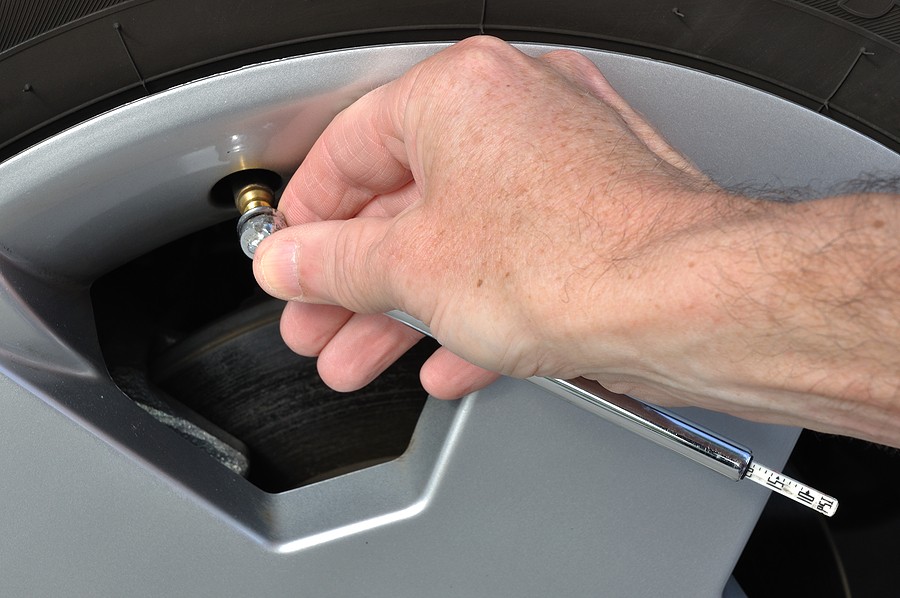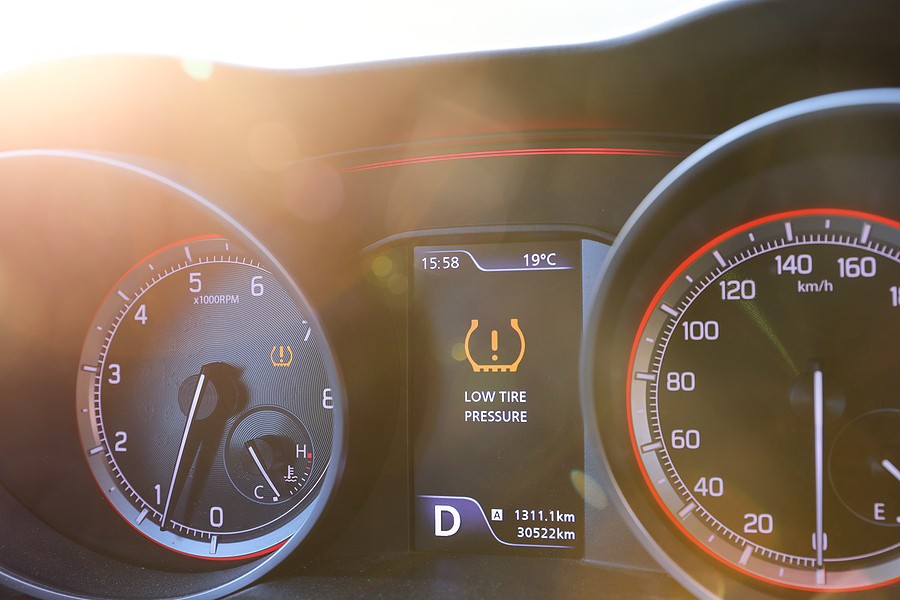To identify a faulty TPMS (Tire Pressure Monitoring System) sensor, utilize a TPMS diagnostic tool, perform manual tire pressure checks, or observe the dashboard warning lights. The problematic sensor typically shows inconsistent readings or fails to communicate with the diagnostic tool.
Introduction
Tackling TPMS Sensor Challenges
The TPMS sensor is a critical element in maintaining vehicle safety, alerting drivers to potential tire pressure issues. Detecting a malfunctioning TPMS sensor is key for vehicle upkeep and road safety. This detailed guide provides insights into diagnosing and remedying TPMS sensor problems.
Understanding TPMS Sensors
Essential Role of TPMS
TPMS sensors play a pivotal role in monitoring tire pressure, directly impacting vehicle safety and performance. These sensors ensure that drivers are promptly alerted to any significant changes in tire pressure, thereby preventing potential accidents or tire damage.
Types and Functionality
There are mainly two types of TPMS sensors – direct and indirect. Direct sensors measure pressure inside each tire, providing precise data, whereas indirect sensors use the vehicle's ABS system to infer tire pressure changes.
Recognizing Malfunction Signs
Common signs of a failing TPMS sensor include inconsistent tire pressure readings, a persistent warning light on the dashboard, and failure to reset or recalibrate during routine maintenance.

Diagnosing a Bad TPMS Sensor
Diagnostic Tool Usage
A TPMS diagnostic tool is instrumental in pinpointing faulty sensors. This tool reads the signals transmitted by each sensor, helping to identify any discrepancies or failures in communication.
Manual Inspection Methods
Manually checking each tire’s pressure with a reliable gauge can reveal discrepancies between the actual tire pressure and the readings on your vehicle’s display. This method, while rudimentary, is effective in cross-verifying sensor accuracy.
Dashboard Indicator Analysis
The TPMS warning light on the dashboard is a primary indicator of potential issues. Understanding the nuances of these alerts, such as constant illumination or flashing, can provide initial clues about sensor health.

Addressing TPMS Sensor Issues
Professional Assistance
When TPMS issues are complex or the diagnostic process inconclusive, seeking professional help is advisable. Certified technicians can provide accurate diagnostics and quality sensor replacements, ensuring vehicle safety.
DIY Sensor Replacement
For those with mechanical skills, replacing a TPMS sensor can be a manageable task. It involves purchasing the right sensor for your vehicle model, removing the tire, and installing the new sensor with proper tools and care.
Sensor Maintenance Tips
Regularly checking tire pressure, avoiding harsh driving conditions that could damage the sensors, and being mindful of the sensor battery life are essential practices for maintaining TPMS sensor functionality.

Conclusion
Upholding Safety with Functional TPMS Sensors
Maintaining functional TPMS sensors is crucial for road safety and vehicle performance. Regular monitoring and proactive maintenance of these sensors can prevent unexpected tire-related issues and enhance your driving experience.
Contact Cash Cars Buyer
Looking to sell your vehicle, no matter its condition? Reach out to Cash Cars Buyer at 773-791-4363 for a straightforward and profitable sale.

FAQs
What is a TPMS Sensor?
A TPMS sensor is a device within your vehicle's tire that monitors the air pressure and alerts you if the pressure falls below a set threshold.
How Do I Know if My TPMS Sensor is Bad?
Signs of a bad TPMS sensor include inconsistent tire pressure readings, a TPMS warning light on the dashboard, or no response when trying to reset the system.
Can I Drive with a Faulty TPMS Sensor?
While you can drive with a faulty sensor, it's not recommended as it compromises the safety feature of monitoring tire pressure, potentially leading to undetected low tire pressure and increased risk of tire failure.
How Often Should TPMS Sensors Be Replaced?
TPMS sensors typically need replacement every 5 to 10 years, as their batteries wear out or if they become damaged.
Can TPMS Sensors Be Repaired?
In most cases, TPMS sensors are replaced rather than repaired, especially if the issue is related to a dead battery or internal damage.

Does My Vehicle Have Direct or Indirect TPMS?
Most modern vehicles use direct TPMS systems with sensors in each tire. Indirect TPMS systems use the vehicle's ABS system to infer tire pressure changes and are less common.
How Much Does It Cost to Replace a TPMS Sensor?
The cost varies depending on the vehicle make and model, but typically ranges from $50 to $250 per sensor, including parts and labor.
Can I Replace a TPMS Sensor Myself?
If you have mechanical expertise, you can replace a TPMS sensor yourself. However, it requires specific tools and knowledge about your vehicle’s TPMS system.
How Do I Reset My TPMS System?
Reset procedures vary by vehicle. Generally, it involves inflating the tires to the correct pressure, then using a button on the dash or through the vehicle's infotainment system. Consult your vehicle's manual for specific instructions.
Why Is My TPMS Light On When My Tires Are Fine?
This could be due to a malfunctioning sensor, a recently replaced tire, or changes in temperature affecting tire pressure. It’s advisable to check the tire pressure manually and reset the system. If the light persists, a diagnostic check is recommended.



